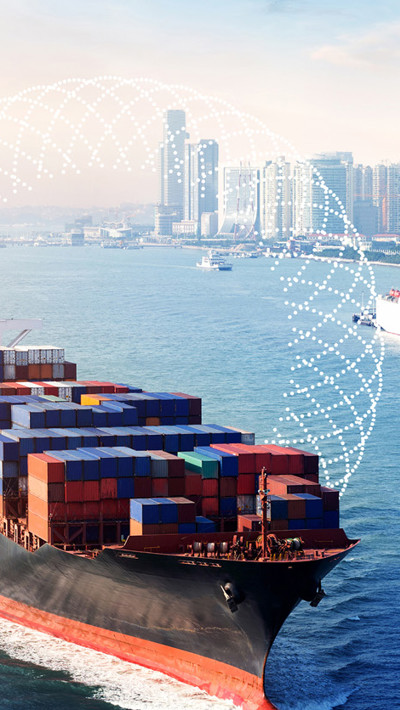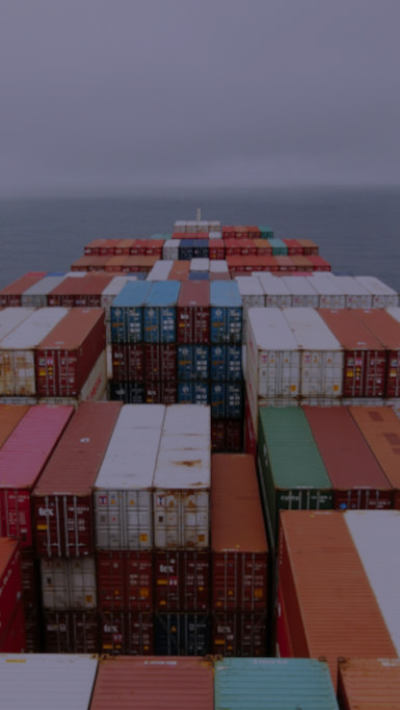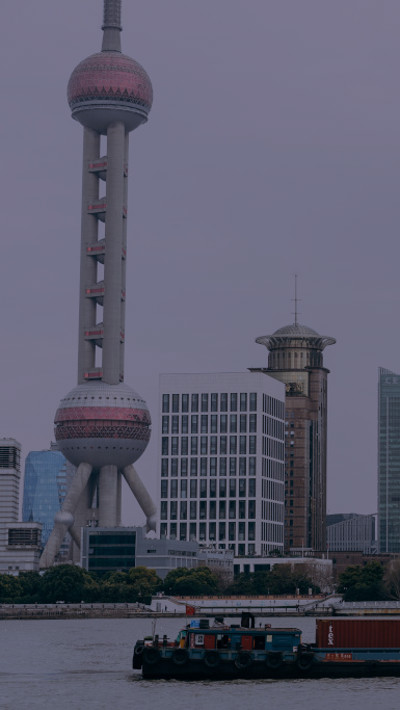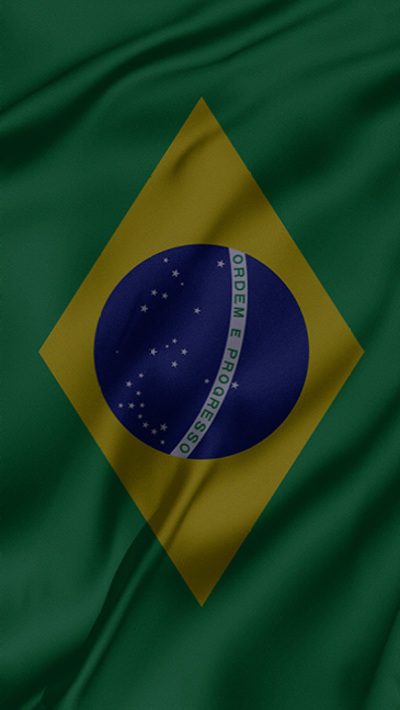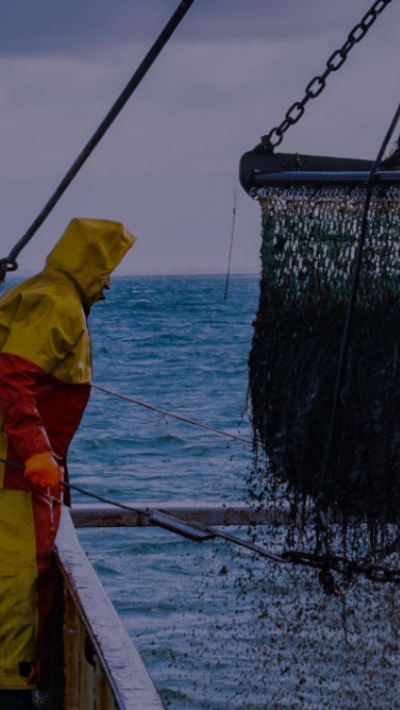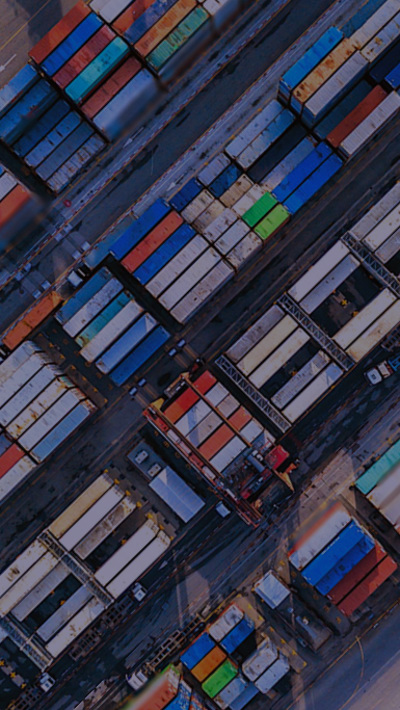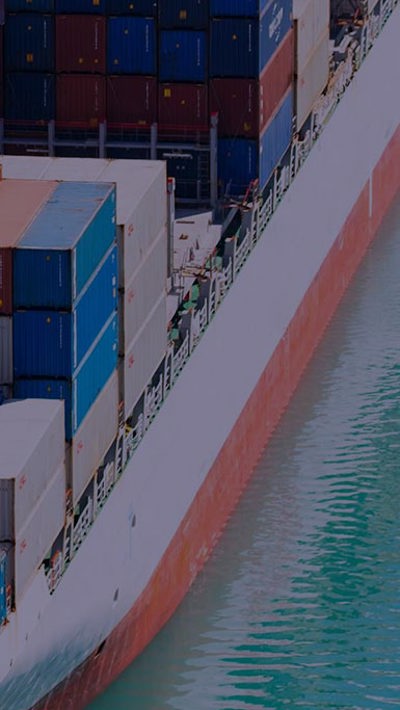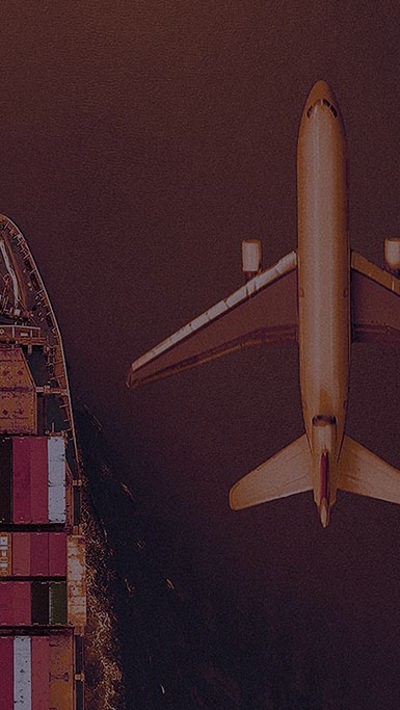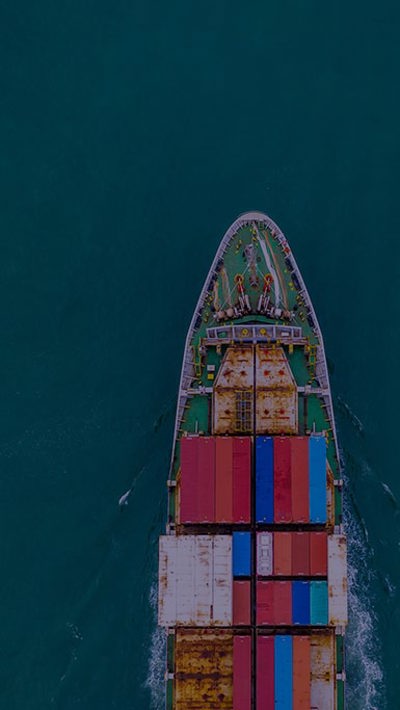Contents
The Regional Comprehensive Economic Partnership (RCEP), signed by New Zealand on 15 November, creates a free trade zone covering nearly a third of the world’s population and about 30% of global gross domestic product (GDP).
15 countries signed RCEP, including the 10 members of the Association of South East Asian Nations (Brunei, Cambodia, Indonesia, Laos, Malaysia, Myanmar, the Philippines, Singapore, Thailand and Vietnam) and five regional countries with which ASEAN has free trade agreements (New Zealand, Australia, China, Japan and Korea).
India was part of the negotiations but withdrew last year. There is, however, provision within RCEP for India, and other nations, to enter.
Benefits to New Zealand
New Zealand already has individual trade deals with many of the RCEP Members, and is bound to others through the Comprehensive and Progressive Agreement for the Trans-Pacific Partnership (CPTPP).
But RCEP is important as its member nations account for over half of our total exports and provide more than half of our direct foreign investment. The agreement provides a single set of rules that cover all 15 markets. This will make import and export procedures simpler and will reduce compliance costs.
A big gain for exporters of perishable goods in particular is the expectation that they will be released by customs in partner countries within six hours of arrival, helping to maintain freshness to market.
There are also specific benefits for certain industries – for example, RCEP will reduce tariff barriers for New Zealand exporters to Indonesia on food and manufactured goods (including liquid milk, grated or powdered cheese, beef, sheep meat, honey, persimmons, tomatoes and avocados).
Also, RCEP breaks new ground for the region in its rules of origin provisions, which are important within free trade agreements, as exporters with global supply chains can face tariffs if their products contain components that are made elsewhere than the final country of processing.
A product made in Indonesia that contains Australian parts, for example, might face tariffs elsewhere in the ASEAN free trade zone. This will not happen under the RCEP, which consolidates rule of origin definitions and quotas so that intermediate goods can be sourced from any of the member economies.
This should open up opportunities for New Zealand, as companies in RCEP jurisdictions will have incentives to look within the trade region for suppliers. More generally, RCEP will assist with New Zealand’s trade recovery from COVID-19 through strengthening trade links in the Asia-Pacific region.
Less ambitious in scope than CPTPP but larger
RCEP is less ambitious in scope than CPTPP as it is silent on environmental and labour standards and on rules for state-owned enterprises, and does not include Investor State Dispute provisions – meaning investors cannot bring arbitration claims for breach of the obligations.
But RCEP is nearly five times larger than the CPTPP in terms of market size, and almost twice as large in annual trade value and combined GDP. A paper from the Peterson Institute for International Economics cites modelling showing that RCEP will raise global GDP in 2030 by an annual $186b (compared with a gain of $147b from the CPTPP). 1
Strategically important
Strategically, RCEP is important for Asian economies. CPTPP excluded China, giving the United States a forum to push back against Chinese economic dominance. RCEP, in contrast, includes China, and may still include India 2, making it very much an Asian-dominated trade grouping.
RCEP also demonstrates commitment by a large number of economies to a rules-based trading system in the region. The importance of this – both symbolic and real – shouldn’t be under-estimated in the current uncertain global climate.
Next steps
RCEP still needs to be ratified by at least six ASEAN signatories and three non-ASEAN signatories before it can come into effect, a process which should be concluded by 2022.
Our thanks to Danae Wheeler for writing this Brief Counsel.
1 Peter A. Petri and Michael G. Plummer East Asia Decouples from the United States: Trade War, COVID-19, and East Asia’s New Trade Blocs (June 2020) https://www.piie.com/system/files/documents/wp20-9.pdf
2 Though India ultimately decided not to join RCEP, as India was one of the original negotiating partners it can join at any time once the Agreement comes into effect.



